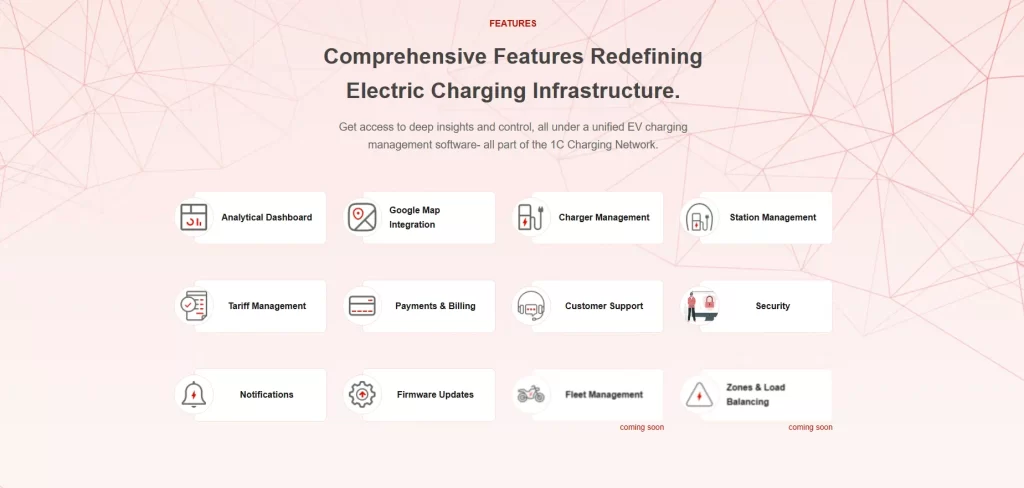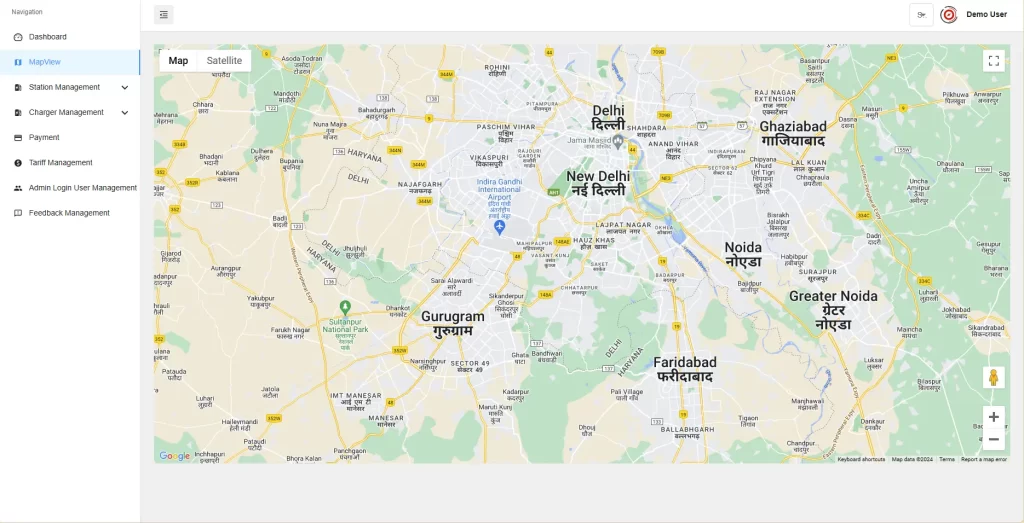Menu
Menu

The electric vehicle (EV) revolution is rapidly transforming the transportation landscape. However, this shift requires not just a change in vehicles but also the creation of a robust infrastructure to support them. At the heart of this infrastructure lies Charging Management Software (CMS), a vital tool that orchestrates the entire EV charging process.
Think of CMS as the brain behind your charging network. It’s a comprehensive software platform that manages EV charging station operations, from user authentication and billing to load management and energy optimization. Here’s a breakdown of its key functionalities:

The growing adoption of EVs necessitates the widespread deployment of charging stations. However, managing these stations effectively requires a centralized and intelligent system. Here’s why CMS is becoming increasingly essential for various stakeholders in the EV ecosystem:

Beyond core functionalities, CMS offers a range of significant benefits for all stakeholders:

The current EV charging CMS market faces several challenges that must be addressed. Here are some key issues:

Selecting the optimal CMS requires careful consideration of your specific needs and objectives. Here are some critical steps to ensure you choose the right system:
By following these steps and carefully evaluating your options, you can select a CMS that aligns perfectly with your operational needs and empowers you to achieve your goals for deploying and managing a robust EV charging infrastructure.

Now that you’re aware of potential issues with the various CMSs on the market, here’s a solution for you: “1C EV Charging CMS.”
With our expertise in EV chargers’ technical and hardware sides, we provide a seamless and user-friendly interface and customization options for various vendors, such as real estate owners, CPOs, Fleet Management companies, and business owners.
Some of the key features in our CMS are:
Get 1C CMS now: Fill Enquiry Form
The widespread adoption of EVs hinges on developing a reliable and efficient charging infrastructure. Charging Management Software (CMS) plays a vital role in this process. CMS empowers various stakeholders to optimize resource allocation, generate revenue, improve user experience, and contribute to a more sustainable future by offering a centralised platform for managing all EV charging operations. As the EV revolution continues to gain momentum, CMS will undoubtedly become an indispensable tool for ensuring a seamless and efficient charging experience for all.
© 2024 Massive Mobility Private Limited. All rights Reserved